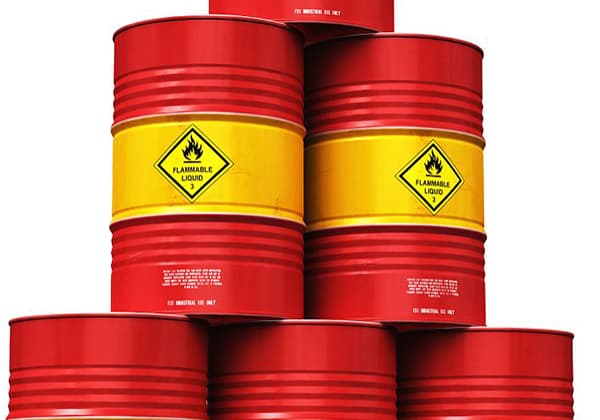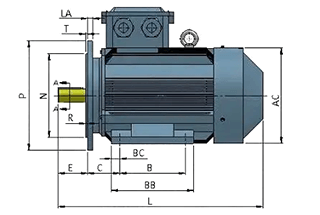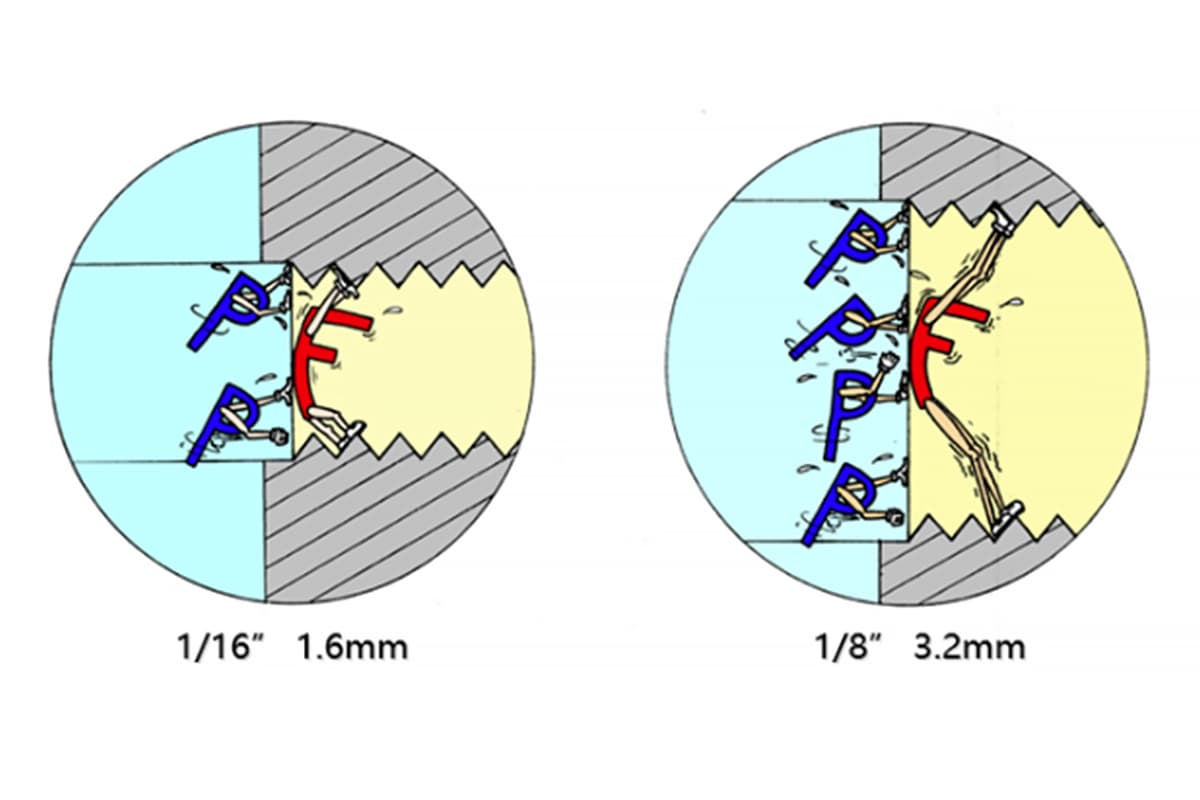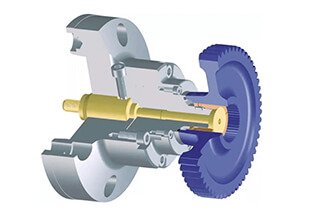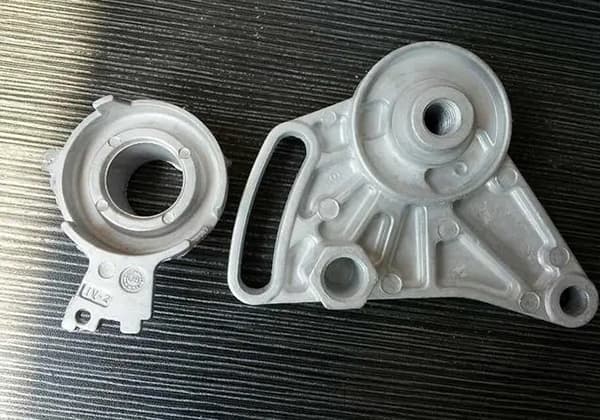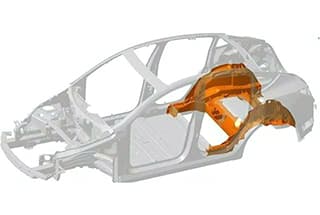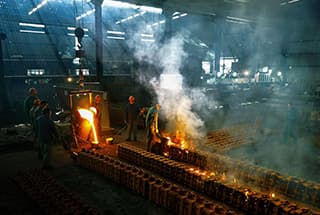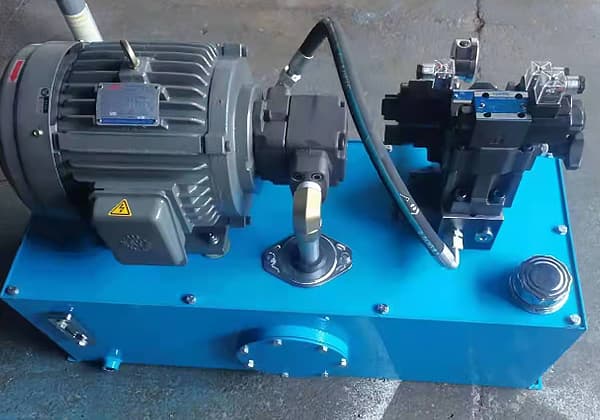
Ever struggled to choose the right sensor for your project? With so many options available, selecting the perfect one can be daunting. This article breaks down six simple steps to help you make an informed decision. From understanding sensitivity and frequency response to considering stability and accuracy, you’ll learn the essential factors to ensure your sensor choice matches your needs precisely. Dive in to find out how to navigate this critical aspect of measurement and improve your project’s success.
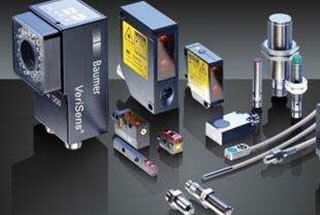
Modern sensors vary in principle and structure.
How to reasonably select sensors according to the specific measurement purpose, measurement object and measurement environment is the first problem to be solved when measuring a certain quantity.
When the sensor is determined, the matching measurement method and equipment can also be determined.
The success or failure of the measurement results largely depends on whether the selection of sensors is reasonable.

To carry out a specific measurement work, we must first consider what kind of principle sensor should be used, which can be determined only after analyzing various factors.
Because even when measuring the same physical quantity, there are many kinds of sensors with different principles to choose from.
Which one is more suitable, we need to consider the following specific problems according to the measured characteristics and the service conditions of the sensor:
① Range size;
② Requirements of the measured position on the volume of the sensor;
③ Whether the measurement method is contact or non-contact;
④ Signal extraction method, wired or non-contact measurement;
⑤ The source of the sensor, domestic or imported, whether the price is affordable, or self-developed.
After considering the above problems, we can determine which type of sensor to choose, and then consider the specific performance indicators of the sensor.
Generally, within the linear range of the sensor, the higher the sensitivity of the sensor, the better.
Because only when the sensitivity is high, the value of the output signal corresponding to the measured change is relatively large, which is conducive to signal processing.
However, it should be noted that the sensitivity of the sensor is high, and the external noise irrelevant to the measurement is easy to mix in, which will also be amplified by the amplification system and affect the measurement accuracy.
Therefore, the sensor itself is required to have a high signal-to-noise ratio to minimize the interference signal introduced from the outside.
The sensitivity of the sensor is directional.
When the measured quantity is unidirectional and has high requirements for its directivity, the sensor with low sensitivity in other directions should be selected;
If the measured vector is multidimensional, the smaller the cross sensitivity of the sensor, the better.
The frequency response characteristic of the sensor determines the measured frequency range, and the measurement conditions without distortion must be maintained within the allowable frequency range.
In fact, the response of the sensor always has a certain delay, and the shorter the delay time, the better.
The frequency response of the sensor is high, and the frequency range of the measurable signal is wide.
Due to the influence of structural characteristics, the inertia of the mechanical system is large, so the frequency of the measurable signal of the sensor with low frequency is low.
In dynamic measurement, the response characteristics (steady-state, transient, random, etc.) should be based on the characteristics of the signal to avoid excessive error.
The linear range of the sensor refers to the range in which the output is proportional to the input.
Theoretically, within this range, the sensitivity remains constant.
The wider the linear range of the sensor is, the larger its range is, and a certain measurement accuracy can be guaranteed.
When selecting a sensor, when the type of sensor is determined, we should first see whether its range meets the requirements.
But in fact, no sensor can guarantee absolute linearity, and its linearity is also relative.
When the required measurement accuracy is relatively low, the sensor with small nonlinear error can be regarded as linear within a certain range, which will bring great convenience to the measurement.
The ability of a sensor to keep its performance unchanged after being used for a period of time is called stability.
In addition to the structure of the sensor itself, the main factor affecting the long-term stability of the sensor is the service environment of the sensor.
Therefore, in order to make the sensor have good stability, the sensor must have strong environmental adaptability.
Before selecting the sensor, its use environment shall be investigated, and the appropriate sensor shall be selected according to the specific use environment, or appropriate measures shall be taken to reduce the impact of the environment.
The stability of the sensor has quantitative indicators.
After exceeding the service life, it should be calibrated again before use to determine whether the performance of the sensor has changed.
In some occasions where the sensor is required to be used for a long time and cannot be easily replaced or calibrated, the stability of the selected sensor is more strict and can withstand the test of a long time.
Accuracy is an important performance index of the sensor. It is an important link related to the measurement accuracy of the whole measurement system.
The higher the accuracy of the sensor is, the more expensive it is.
Therefore, as long as the accuracy of the sensor meets the accuracy requirements of the whole measurement system, it is not necessary to choose too high.
In this way, cheaper and simpler sensors can be selected from many sensors that meet the same measurement purpose.
If the purpose of measurement is qualitative analysis, the sensor with high repetition accuracy can be selected, and the sensor with high absolute value accuracy should not be selected;
If it is necessary to obtain accurate measurement value for quantitative analysis, it is necessary to select the sensor whose accuracy grade can meet the requirements.
For some special occasions, if it is impossible to select a suitable sensor, the sensor needs to be designed and manufactured by yourselves.
The performance of self-made sensor shall meet the use requirements.


